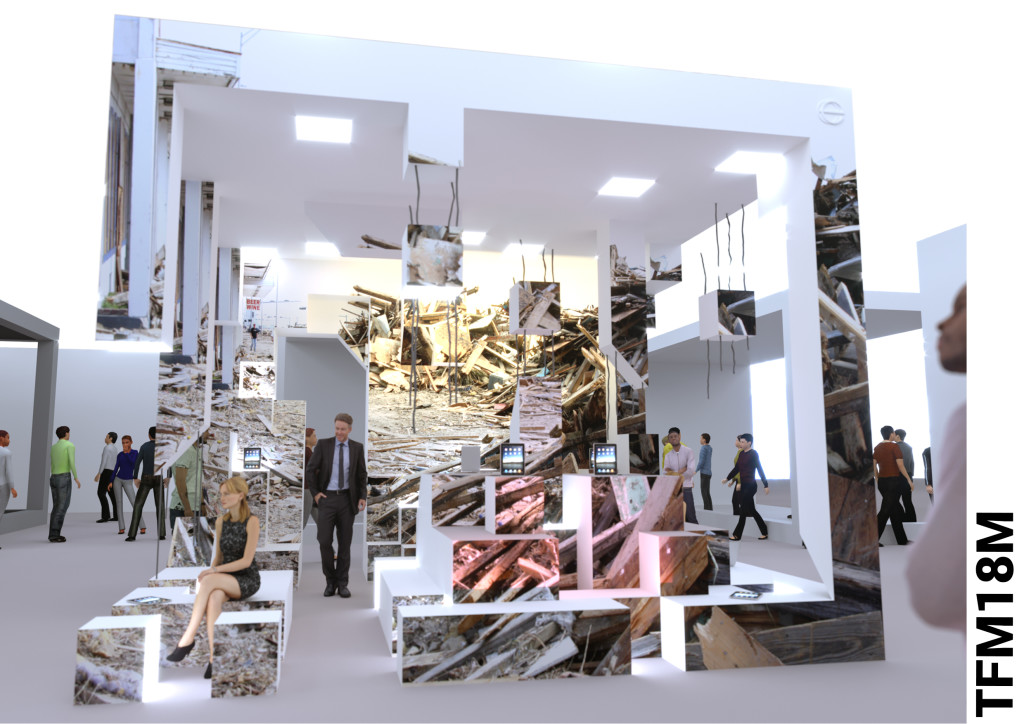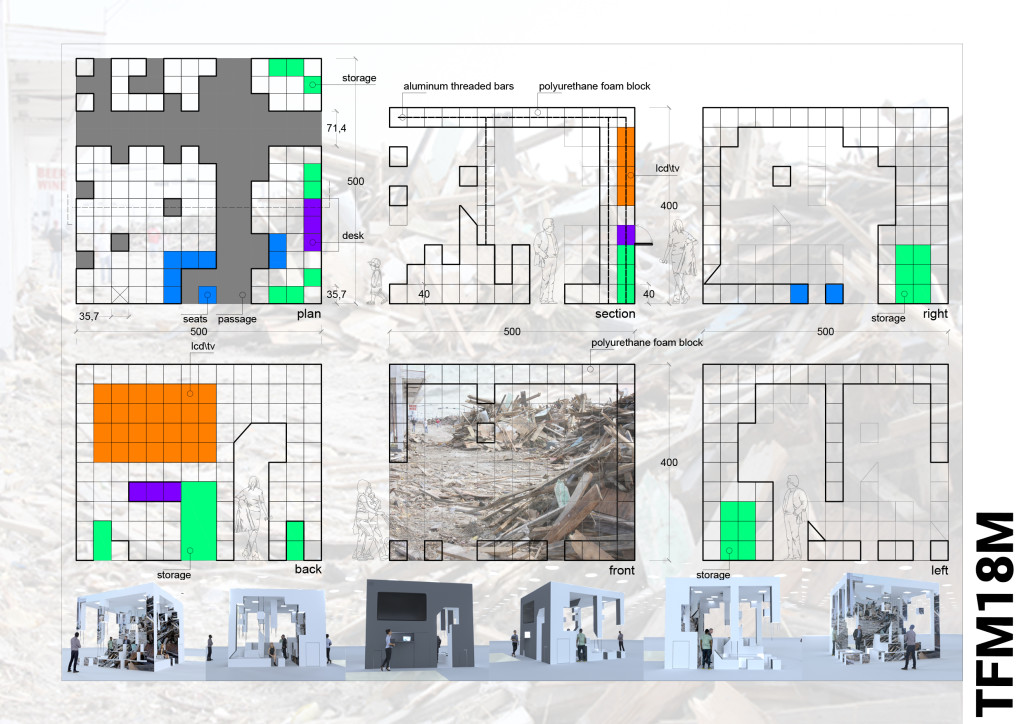The concept of “resilience” was introduced in physics in the nineteenth century to indicate the ability of materials to withstand temperature changes without suffering damage but in reality the word comes from the Latin “re-salio”, which indicates the action of going up in the boat turned over by the waves of the sea.
The term today is used in many disciplines but here, with regard to architecture, it is understood as the ability of a complex system to absorb a trauma, an external shock triggered by the force of nature and return to its initial state: that is, resist it.
Resilient, therefore, is that architecture capable of always reaching a state of conscious balance while suffering a shock, a deformation, an overheating, a flood.
The global ecological crisis requires a reflection / evaluation, for an increase in awareness. Faced with the ecological crisis that is sweeping our planet, will urban planning and architecture succeed in providing the solution?
Will the project also inform urban and therefore social regeneration?
Architects can guide urban transformation by renewing the sense of their identity in relation to nature. Resilient projects are born to respond to events, but they are also the way in which the character of a society is expressed.
All the populations at risk and the victims of the climatic adversities and of the famines of the last few years ask to have the key of resilience.
Our proposal intends to give shape to this concept of resilience by showing what purpose architecture can do if it does not give clear and immediate answers to these destructive phenomena.
The set is made with the simple assembly of numerous structural cubic modular elements, made with structural expanded polyurethane and mounted to obtain the Layou in the image.
This system will allow for assembly variations, speed and ease of transport. The material for its indestructibility and lightness seemed to us the most appropriate for repeated and constant use for the different locations that the stand will have to reach.


